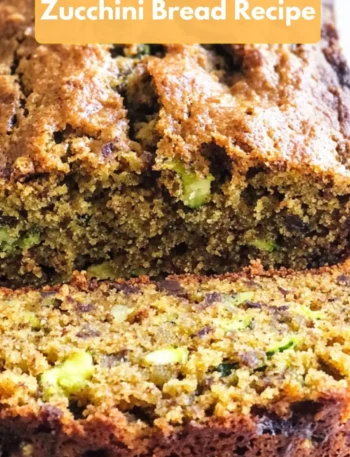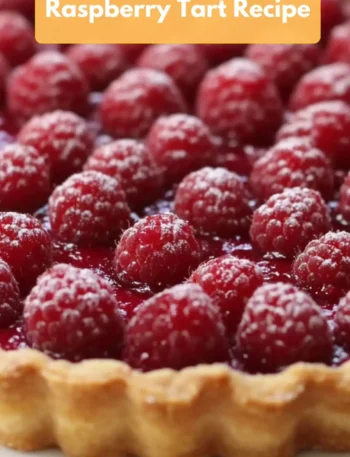Imagine it’s a warm evening, and you’ve just prepared a stunning dessert. Rich brownies or a velvety chocolate tart is on center stage. But wait! You realize something is missing. That is crème anglaise—the luxurious vanilla custard from the Barefoot Contessa herself. This creamy concoction is not just a sauce; it’s the graceful companion to many desserts.
In this article, I’ll share my experience creating the Barefoot Contessa’s crème anglaise. I’ll guide you through its rich history, essential ingredients, and easy-to-follow steps. But first, let’s soak in what crème anglaise really is and why it’s worth your time.
You can also enjoy my recreation of this recipe that I’ve already uploaded on our youtube channel. You can also click on jump to video button above to watch it.

What is Barefoot Contessa Crème Anglaise?
In simple terms, crème anglaise translates to “English cream.” It’s a rich custard sauce. Typically made from eggs, milk, and sugar, it offers a balance of sweetness and creaminess that pairs wonderfully with desserts.
The voice of the culinary world, Ina Garten (the Barefoot Contessa herself), brings this classic recipe alive with her expertise and a touch of elegance.
The Ingredients
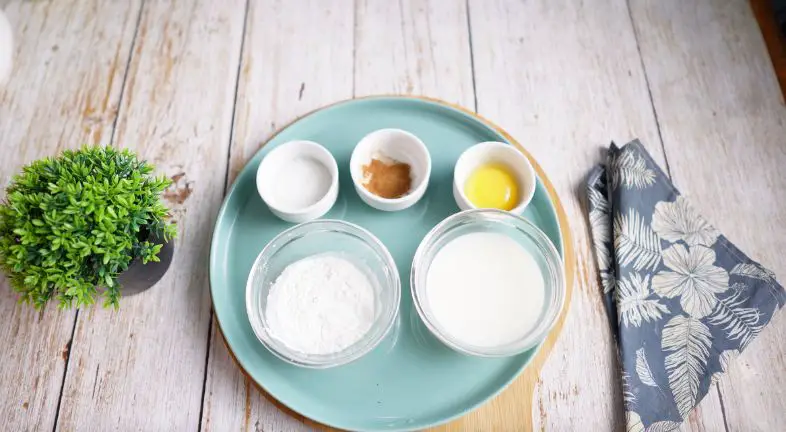
Here’s what you’ll need to create this velvety sauce:
- 1 3/4 cups scalded whole milk: The base of any good custard.
- 4 large egg yolks: These will give the sauce its richness and smooth texture.
- 1/2 cup granulated sugar: Sweetens your custard to perfection.
- 1 tablespoon light brown sugar: Adds depth and enhances the overall flavor.
- 1 teaspoon cornstarch: Helps stabilize the custard, making it luscious.
- 1 teaspoon pure vanilla extract: Essential for that signature vanilla flavor.
- 1 1/2 teaspoons Cognac: Just a hint for sophistication.
- Seeds from 1/2 vanilla bean (optional): These specks add visual appeal and a deeper flavor.
- 1/4 teaspoon ground cinnamon (for added warmth): A touch of spice that rounds out the sweetness.
How to Make Barefoot Contessa Crème Anglaise?
While the thought of making your custard may seem intimidating, I’m here to tell you it’s quite straightforward. This recipe requires care and attention, but the steps are simple and clearly structured. Let’s dive into how to make it.
Step 1: Scald the Milk
Start by pouring the whole milk into a saucepan. Heat it gently over medium heat until steam begins to rise and small bubbles form around the edges. Scalding the milk helps to develop a deeper flavor in your sauce. Keep an eye on it, so it doesn’t boil—just like a good friend, it needs gentle management!
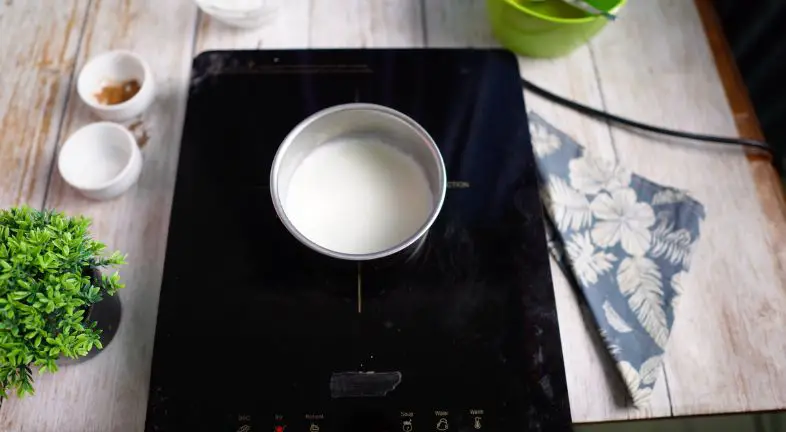
Step 2: Whisk the Egg Yolks, Sugars, and Cornstarch
In a mixing bowl, combine the sugar, brown sugar, and cornstarch. Then, add the egg yolks. Whisk them together until the mixture is pale and slightly thickened. This process not only mixes the ingredients but also introduces air, which is important for the texture.
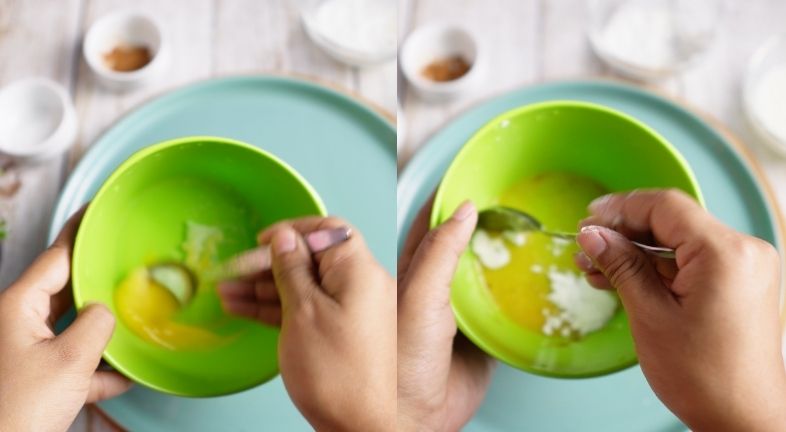
Step 3: Temper the Egg Mixture
Now, let’s combine our efforts without making an omelet. Gradually pour the hot milk into the egg mixture while constantly whisking. This step is key; rushing in the hot liquid can solidify the eggs too quickly, resulting in scrambled eggs. We want a smooth crème anglaise, not breakfast!
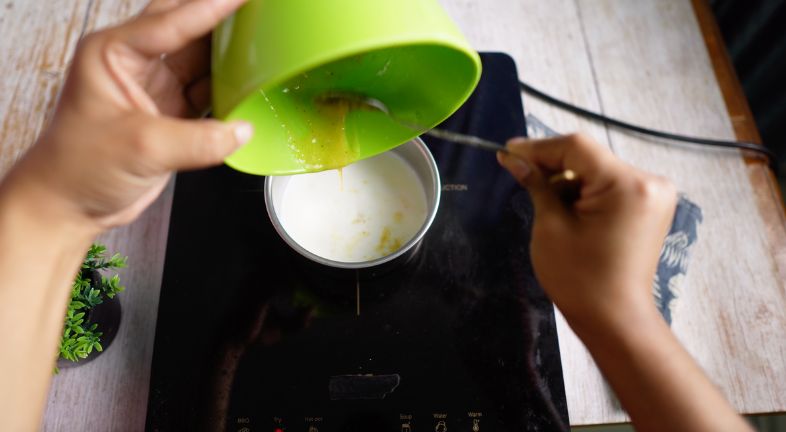
Step 4: Cook the Mixture
Pour the combined mixture back into the saucepan. Place it on low heat and stir continuously with a wooden spoon or heat-resistant spatula. Cook for 5-10 minutes until the mixture thickens and coats the back of the spoon. It should reach about 170°F to 175°F (go ahead, use that kitchen thermometer!).
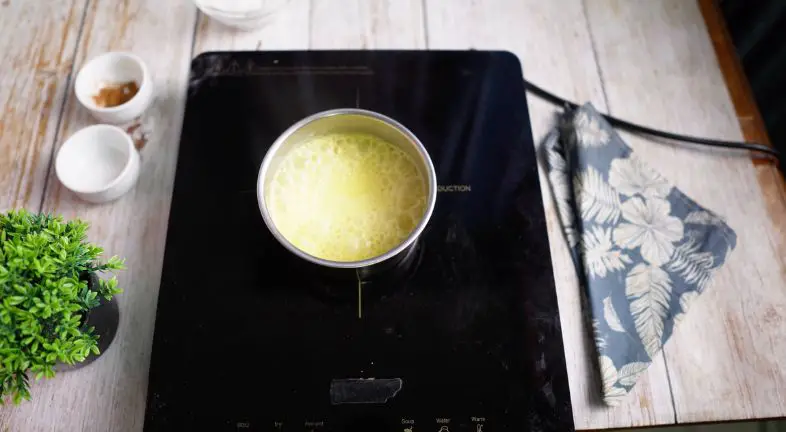
Step 5: Final Touches
Once thickened, remove the custard from heat. Strain it through a fine mesh sieve into a bowl to remove any cooked bits or the vanilla pod, if you used one. Stir in the vanilla extract, Cognac, and cinnamon. Your crème anglaise is complete!
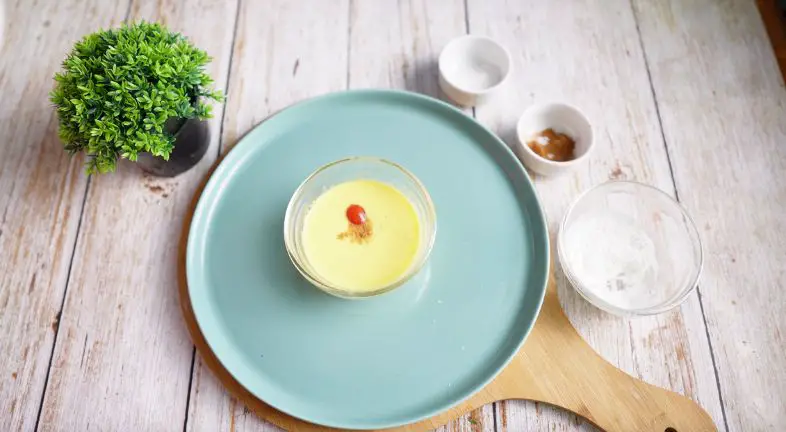
Notes
Here are some handy tips to ensure your crème anglaise shines:
- Use fresh ingredients: Fresh eggs and high-quality vanilla will elevate your sauce.
- Don’t rush: Slow and steady wins the race—impatience can lead to curdled egg yolks.
- Use a double boiler for control: If you’re feeling worried about overheating, this method gives you a more gentle heat.
- Flavor experiments: Try adding citrus zests or spices for unique twists.
- Adjust sweetness: Feel free to tweak the sugar levels to suit your palate.
Storage Tips
- Cool via ice bath: Once your crème anglaise is done, place the bowl in an ice bath to cool it quickly.
- Refrigerate: Store the cooled sauce in an airtight container in the fridge for up to 3 days.
- Use within a week: To maintain the freshest flavor, try to use it within this timeframe.
- Reheat gently: If you need to serve it warm, gently reheat in a saucepan over low heat. Stir constantly to avoid cooking it further.
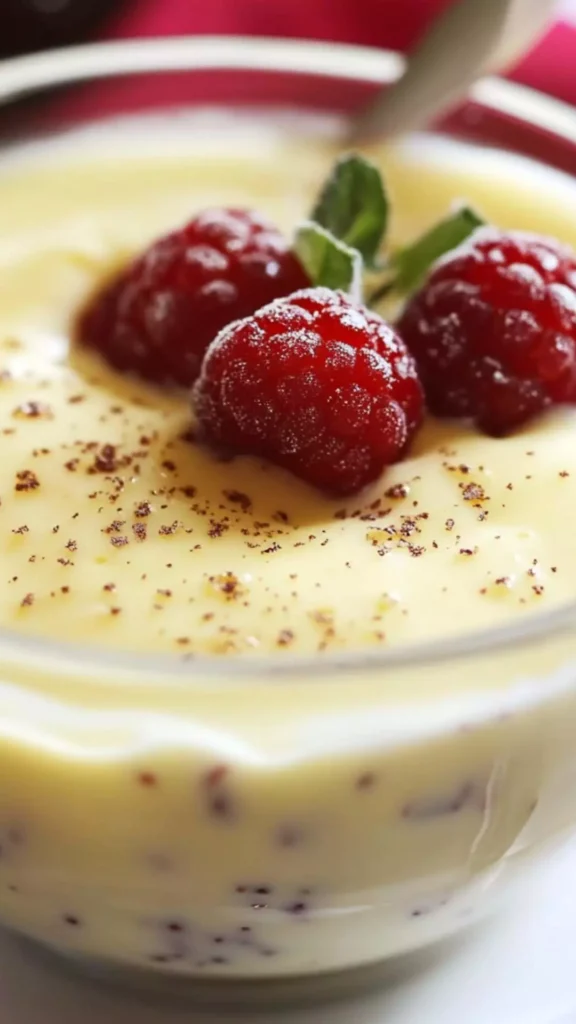
Nutrition Information (per serving)
- Calories: Approximately 150
- Fat: 8g
- Carbohydrates: 16g
- Protein: 3g
- Sodium: 60mg
- Fiber: 0g
Serving Suggestions
Here are some delightful dessert pairings for your crème anglaise:
- Rich Brownies: Pour a generous swirl of crème anglaise over warm brownies. The contrast of temperatures creates a divine experience.
- Poached Pears: Serve poached pears drizzled with crème anglaise for a simple yet elegant dessert. The custard enhances the natural sweetness of the fruit.
- Chocolate Tarts: A slice of chocolate tart with a dollop of this sauce is pure bliss. It smooths out the richness beautifully.
- Bread Pudding: Drizzle this over warm bread pudding. It’s a match made in comfort-food heaven.
- Fresh Berries: A simple bowl of fresh berries gets an upgrade with a spoonful of crème anglaise. The sauce adds creaminess to the natural tartness of the fruits.
What Other Substitutes Can I Use in Barefoot Contessa Crème Anglaise?
Having alternatives on hand can make your cooking journey even more versatile. Here are five substitutes worth considering:
- Almond Milk: Swap whole milk with almond milk for a nutty flavor. Be aware that the sauce may have a slightly different texture and flavor profile.
- Coconut Milk: Give your crème a tropical flair. Use full-fat coconut milk for thickness, but expect a mild coconut taste.
- Honey: Replace granulated sugar with honey for a warm, floral sweetness. Keep in mind it may alter the consistency slightly.
- Maple Syrup: For a unique depth, substitute sugar with pure maple syrup. This creates a subtly sweet yet earthy taste.
- Non-dairy Yogurt: For a creamy, tangy twist, thick non-dairy yogurt can be used in place of egg yolks. Just be sure to adjust the sweetness accordingly.

Barefoot Contessa Crème Anglaise Recipe
Equipment
- saucepan
Ingredients
- 1 3/4 cups scalded whole milk
- 4 large egg yolks
- 1/2 cup granulated sugar
- 1 tablespoon light brown sugar for a richer flavor
- 1 teaspoon cornstarch
- 1 teaspoon pure vanilla extract
- 1 1/2 teaspoons Cognac
- Seeds from 1/2 vanilla bean optional
- 1/4 teaspoon ground cinnamon for added warmth
Instructions
- Start by pouring the whole milk into a saucepan. Heat it gently over medium heat until steam begins to rise and small bubbles form around the edges. Scalding the milk helps to develop a deeper flavor in your sauce. Keep an eye on it, so it doesn’t boil—just like a good friend, it needs gentle management!
- In a mixing bowl, combine the sugar, brown sugar, and cornstarch. Then, add the egg yolks. Whisk them together until the mixture is pale and slightly thickened. This process not only mixes the ingredients but also introduces air, which is important for the texture.
- Now, let’s combine our efforts without making an omelet. Gradually pour the hot milk into the egg mixture while constantly whisking. This step is key; rushing in the hot liquid can solidify the eggs too quickly, resulting in scrambled eggs. We want a smooth crème anglaise, not breakfast!
- Pour the combined mixture back into the saucepan. Place it on low heat and stir continuously with a wooden spoon or heat-resistant spatula. Cook for 5-10 minutes until the mixture thickens and coats the back of the spoon. It should reach about 170°F to 175°F (go ahead, use that kitchen thermometer!).
- Once thickened, remove the custard from heat. Strain it through a fine mesh sieve into a bowl to remove any cooked bits or the vanilla pod, if you used one. Stir in the vanilla extract, Cognac, and cinnamon. Your crème anglaise is complete!
Video
Notes
- Use fresh ingredients: Fresh eggs and high-quality vanilla will elevate your sauce.
- Don’t rush: Slow and steady wins the race—impatience can lead to curdled egg yolks.
- Use a double boiler for control: If you’re feeling worried about overheating, this method gives you a more gentle heat.
- Flavor experiments: Try adding citrus zests or spices for unique twists.
- Adjust sweetness: Feel free to tweak the sugar levels to suit your palate.
Nutrition
Frequently Asked Questions
Conclusion
Creating crème anglaise from the Barefoot Contessa is more than just making a sauce; it’s about crafting an experience. Whether atop brownies, drizzled over poached pears, or accompanying a slice of decadent pie, this luscious custard adds a rich creaminess to any dessert.
I hope you enjoy making it as much as I did. With these insights, tips, and steps at your disposal, you’re now ready to impress your guests and elevate dessert time. So go on, whip some up, and dive into the delightful world of crème anglaise. Happy cooking!

